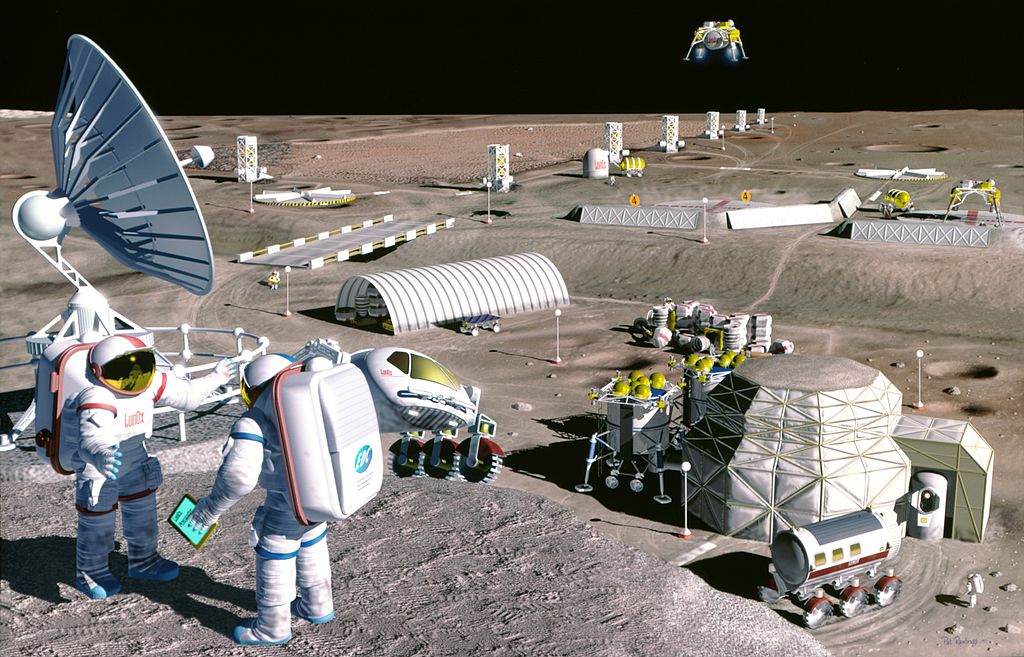The realm of supercomputing is on the precipice of a monumental leap forward. The current titleholder for the world’s fastest supercomputer, Frontier, is soon to be eclipsed by its successor, a machine promising a staggering five times more computational power.
Introducing “Discovery”
This impending technological marvel, tentatively dubbed “Discovery,” is the brainchild of the US Department of Energy (DOE). The agency has issued a call for proposals to build this behemoth, aiming to revolutionize fields as diverse as climate modeling, drug discovery, and artificial intelligence.
Unprecedented Performance
With an anticipated performance exceeding 8.5 exaflops, Discovery will be capable of performing more than 8.5 quintillion calculations per second. To put this into perspective, that’s equivalent to the combined processing power of millions of standard laptops.
Profound Implications
The implications of such a computational powerhouse are profound. Researchers across the globe will gain an unprecedented ability to tackle complex problems, from simulating the intricacies of the human brain to predicting the long-term effects of climate change.
A Catalyst for Innovation
We are on the brink of a new era, awestruck by the rapid pace of technological advancement. Discovery is more than just a supercomputer; it’s a catalyst for innovation, a tool to unlock the mysteries of our universe, and a testament to human ingenuity.







